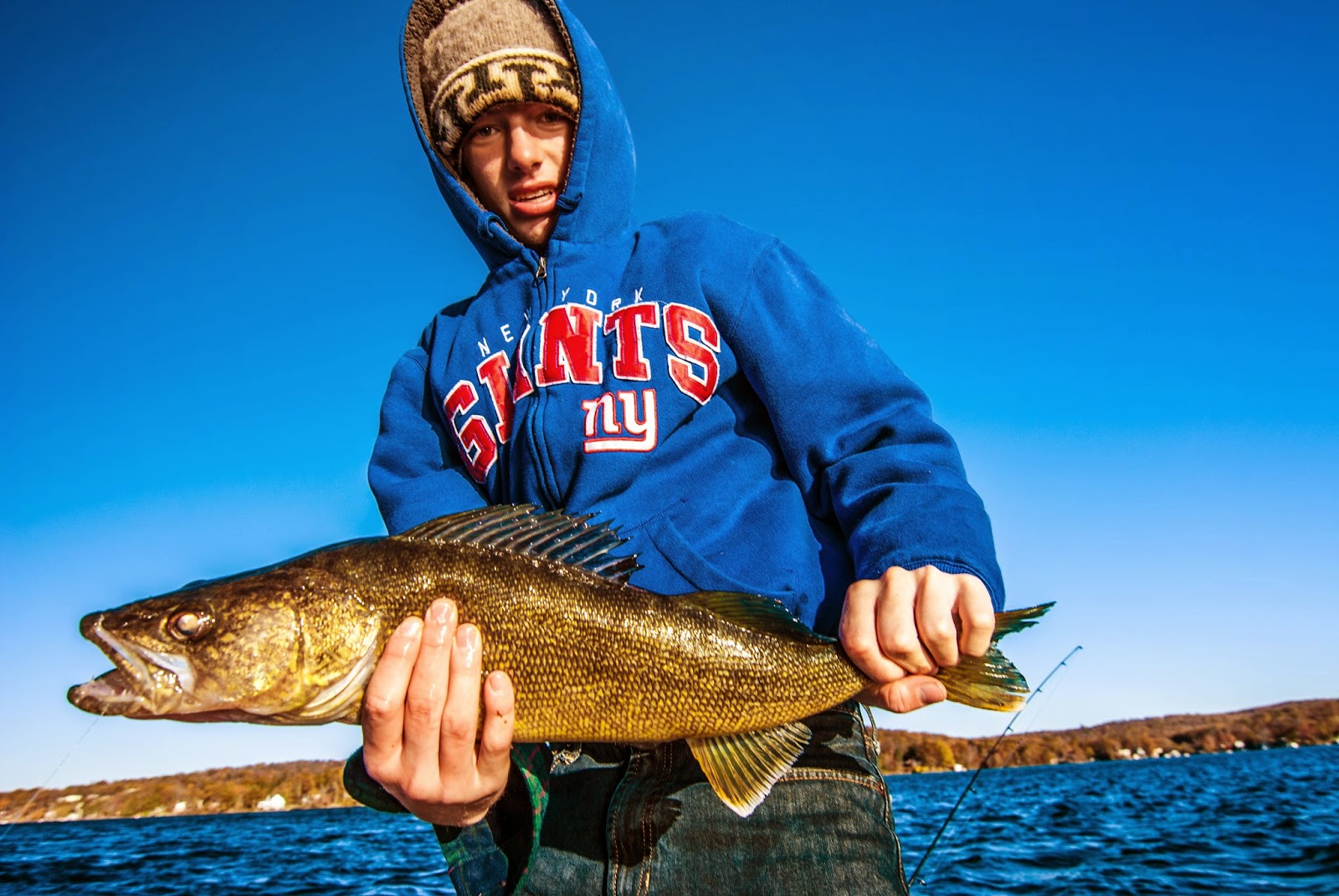We meant to fish our North Jersey big bass pond, but found the gate padlocked. Matt sent an email, explaining policy breached, asking for an explanation. We moved on to another pond, which I posted about earlier in the summer: http://littonsfishinglines.blogspot.com/2015/07/found-smallmouth-bass-in-small-new.html
Matt quickly caught two 10-inch largemouths in front of and beside a dock. I walked aside and momentarily hooked a nice bass by dropping the weightless chompers worm at the edge of some floating weeds. I pointed out the shoreline where I had done well, presuming that's where the rest of the bass are. So Matt walked away to fish another shoreline entirely.
In the meantime, I found fishing tough, but managed to catch a 10-inch largemouth and a smallmouth not much larger. I fished the same spots I had last time, as if I had eliminated worthless water, thinking once how unfortunate my son had caught a bass on the first cast, quickly another, only to go without the rest of the hour.
I had my moments. Fishing a good-sized pond on foot is better than fishing from a $100,000.00 boat in some ways. I like climbing those steep banks. It takes gumption. Most old men like me would never do it, especially without hiking boots, and it is in fact possible to break one's neck in such situations. That makes the effort all the more valuable, because something's at stake. You have to be careful or get injured. It takes effort, and you feel the reward.
It got dark. I looked for my son for five minutes, couldn't see him in the gloam. Refused to phone. Finally I saw him near a corner some 300 yards distant. Another five minutes passed and phone rang, he had walked up to the lot. When I got there after a short hike, he was coming back across the county road after exploring a marsh. He told me he had caught two more bass, one about 10-inches, another a little larger. He described drop-offs, submerged boulders, submerged brush, branches beavers had cut--excellent bass habitat. And he had lost a big one and another not so big, all on the weightless Chompers.












